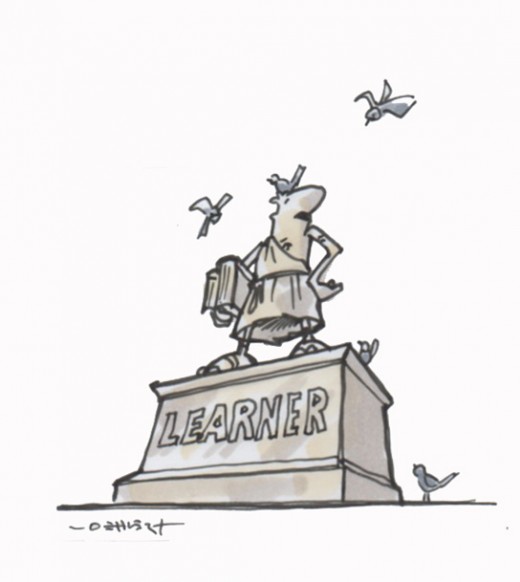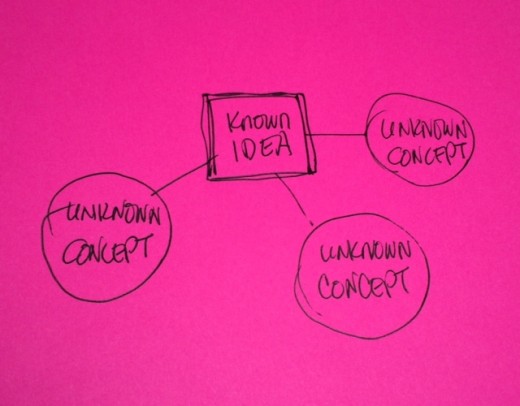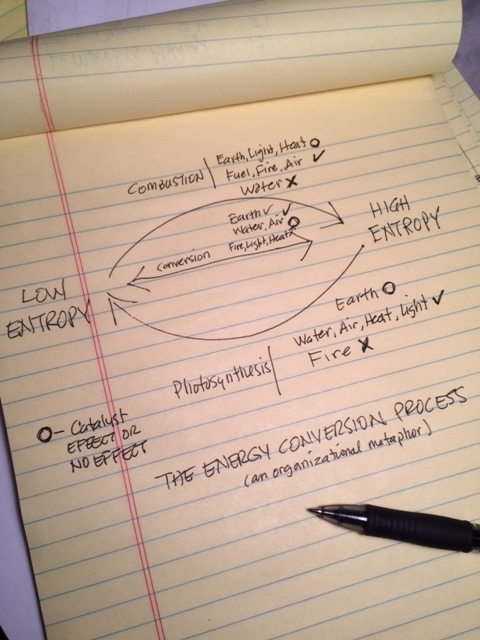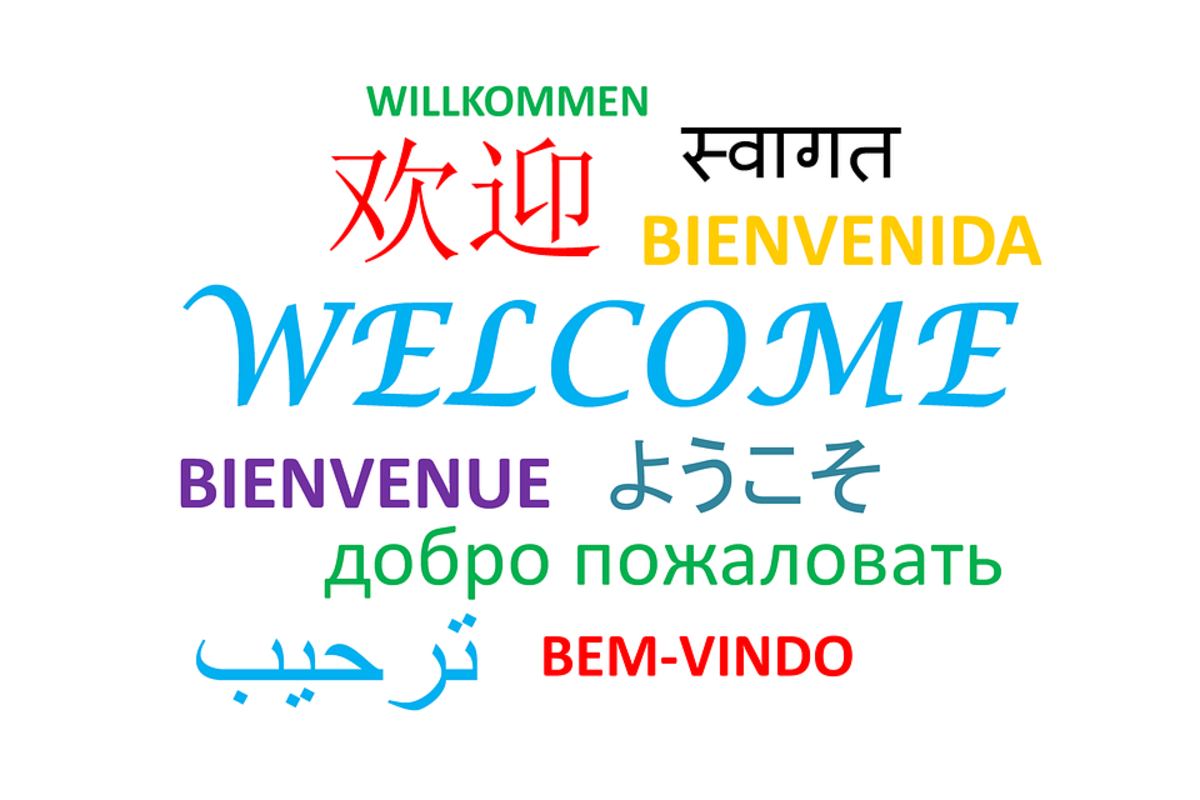How to Study Less, Learn More

How You Can Learn More, Study Less
Does it seem that studying for classes is somehow consuming all your time- and your life? It's a common problem facing most students today. For some strange reason, students have convinced themselves that more time studying is the answer to all their problems. Sadly, more study is not the answer.
It's even worse when there are those other students who study just a short time and seem to retain everything - and make the best grades. SO frustrating, right? Well, you can do the same thing if you follow a few simple steps, invest some time learning these methods and really apply them to your specific situation.
In order to learn more and study less, you have to be a learner. No, I don't mean you have to learn things better. You must learn things differently. You have to adapt and attitude of being a learner all the time. It's an attitude, a way of life.
CLCK HERE for more info on learning faster, studying less
The Key to Learning Faster is Learning Differently
You don't have to be a genius, or even really that much smarter in order to study less and learn faster. It is a fact that those students who get better grades do not necessarily spend endless hours of hard work studying. Those students are not necessarily more intelligent, either.
SO, what is it that they know and you don't?
They have a different method of study - its really as simple as that! Here are a few things to consider:
• You only need to make small changes in how you practice these study methods.
• In the same amount of time used by a typical students, those who utilized deeper levels of processing remembered two times as much information.
• Memory can be accessed at a deeper and more efficient level by making simple connections within the information you are trying to learn.
Dominic O'Brien, eight-time world memory champion, could memorize 54 decks of cards in the correct sequence (2808 different cards), after looking at each card just one time. How much time could you save each day by developing a "study less, learn more" system like Dominic?
Take a look at this video of a recent TED Talks. A young man named Scott Young was able to learn MIT's four-year computer science curriculum in a mere 12 months. All he did was make some small changes in his study habits and methods. Can you imagine how much money and time he saved?
The Difference s Holistic Learning
Holistic learning simply means learning through a process of making connections. Simple, right? Here's the difference: A typical student spends a great deal of time attempting to memorize vast amounts of information. Some students even mistakenly think that if they repeat the information (re-reading, reviewing, etc.) enough, it will finally somehow get into their head. Once they've done this, they think recalling all that memorized info will result in a good grade on the exam.
Wrong. I mean it can work but it's painfully slow and tedious. Don't you have better things to do than spend too much time studying and memorizing? Sure you do.
Wouldn't it make more sense to study more and learn less? That's what holistic learning can do - help you learn better and remember more - in a whole lot less time. SO, because holistic learning allows you to access more information faster, it can actually make you "smarter."

Holistic Learning: How It Works
Holistic learning methods focus on a basic understanding of the information learned and linking that information to other topics. Think of it as building a house or making a framework. Holistic learning allows you to access information without actually memorizing it. Holistic learning allows you to link new information to information you already know - thereby making learning easier and faster. Here are some basic holistic learning techniques you can learn today:
Making Concepts Real by Using Visceralization. This method is a great way to summarize concepts or ideas to a specific vivid image or emotion. Some visceralizations may be more than just a picture or image. Some may be combined of sounds, images,textures and feelings or emotions. A lot depends on your particular learning style. Some folks see ideas (that's me). Others feel or hear ideas. You want to take an abstract idea or concept and make it real, tangible. It's sort of like when your computer makes a zip file. The computer takes lots of information, removes redundant elements and compresses the whole thing into a smaller space.
You see this method used a great deal in writing. An author may take a scene or concept and "visceralize" it for you. The author describes a scene or concept using a mental image or feeling. This framework of basic information (not complete information) helps the reader to create a working model of what some scene or concept is like. You create the images of what something looks like using a few basic images the author has given you.
Take a pad of paper and draw out the connections between several ideas in a picture. To learn the complex concepts of computer science, one person created an image of bizarre machines and objects that represented the many different functions he learned. Arrays and strings appeared as colored cubes suspended along a cord. Functions became machines that would eat strings and individual blocks thus spitting out new blocks.
If you practice this method, you will eventually be able to perform it without pen and paper - using just your imagination.
• Link Visceral Constructs by Using Metaphors. At the foundation of holistic learning is the ability to relate things together in groups. Metaphors are literary devices used to link two dissimilar things together in a sort of relationship. They are especially useful when used to describe complex ideas and concepts in simpler terms.
In a metaphor, you want to be able to connect two separate ideas together even though they are not necessarily related to one another. For example: Albert Einstein used the terms "fabric" in describing space-time (the fabric of space-time). No, the universe is not made of woolen threads weaved together in a pattern. Einstein was simply using the concept of fabric (for which you already have a "construct" of what fiber is like) to link to space-time - something for which you may not have a construct.

Think of using metaphors like playing "That Reminds Me Of..." game - especially when you are learning something entirely new. Write down or think of things for which the new concept or idea will remind you. The ideas can be completely "out there" and not even remotely related to one another. This is the point of metaphors in holistic learning - they link things together that are not typically connected together.
If you are familiar with sports, then you might typically link information to be learned with sports metaphors. This allows you to see the new concept or idea through things in which you already have understanding - which in turn, helps you understand faster. You look past the things you already know and learn the things which you do not yet understand. This saves so much time over the re-reading and reviewing ALL the same material repeatedly.
• Exploring the Holes. The process of going through the visceral constructs, models and metaphors is called exploration. This is one of the last steps in the holistic learning process. This is the part of the process where the critical mind comes into play. In this final stage, you're looking for errors and inconsistencies. Think of this part of the process as polishing your final understanding of some topic or subject.
You really see this at work when you sit down to write an essay or exam and you cannot recall the formula or method needed to solve a specific problem. This indicates a hole in your technique. The best way to figure out where the holes are is to use practice tests, assignments and homework questions. You don't need to ask a question over and over until you understand it - that's just the old rote memory model of learning. If you have too many questions or holes, you need to go back and create some new models, metaphors and constructs.
Holistic Learning is the Best Way to Study Less and Learn More
Although holistic learning is not optimal for every topic or subject, it is the best way to study less and learn more for just abut every subject, topic or area of new information imaginable - especially the areas of math and science. It always works best when the topic includes an underlying system to be understood. The holistic approach assumes there exists a right construct even though you may have difficulty creating that particular construct.
Holistic learning is not really going to work in areas like Law because there are really no hard constructs that apply in law. Sometimes law is arbitrary and is seldom consistently linkable to other concepts or laws. Systems that are rule-based and arbitrary require other learning and study methods that holistic techniques do not cover.
Basically, holistic learning allows you to create a vast web of interconnected ideas or concepts rather than the rote repetition and memorization techniques which may not be as effective. Holistic learning, creating visceral constructs, metaphors and exploring can actually be enjoyable.Making it fun and enjoyable is especially important when studying and learning about dry, uninteresting topics.










